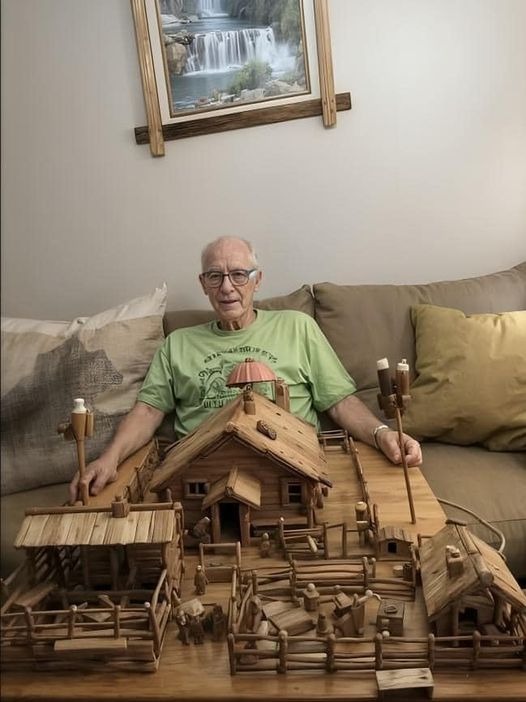Home Interior Design Tips for the Modern Elderly
As we move into the golden years, it’s natural to want a home that reflects our personality and adapts to our evolving needs. Creating a living space that combines comfort, safety, and style doesn’t have to be complicated. With a few thoughtful updates, you can transform your home into a welcoming, functional retreat that enhances your lifestyle. Here are some home design tips tailored to the modern elderly.

Embrace Safety and Functionality
Safety is paramount when it comes to home design for older adults. A few simple additions can make your home a safer place to relax and enjoy life. Consider installing handrails or grab bars in areas prone to slips and falls, like bathrooms and staircases. Handrails add security to staircases, while grab bars in showers can make bathing safer and easier. Choose furniture with rounded edges to minimize the risk of injury from sharp corners.
Lighting plays a huge role in ensuring safety and comfort. Make sure every area of your home is well-lit, especially hallways, stairs, and entryways. Light switches should be easily reachable, and nightlights in bedrooms, hallways, and bathrooms can help you navigate in the dark. Motion-sensor lights are also a convenient option, providing hands-free illumination and reducing the need to fumble for switches.
Create an Open and Spacious Feel
Mobility often decreases as we age, so it’s important to design an open, spacious environment that allows easy movement. Start by removing any unnecessary furniture or clutter that might get in the way, making it easier to navigate through your home without obstacles. Not only does this create a more streamlined look, but it also reduces the chance of tripping over items.
Using light, neutral colors on your walls can also make your home feel more spacious and airy. Shades like cream, light gray, or soft pastels reflect more light, giving the illusion of a larger, brighter space. Make sure pathways are wide enough for comfortable movement and can accommodate any mobility aids, such as walkers or wheelchairs, if needed.
Choose Comfortable and Supportive Furniture
Comfort should be a top priority in any living space, especially as we get older. Choose furniture that’s not only visually appealing but also supportive and comfortable. Look for sofas and chairs with ergonomic designs that offer adequate back support and armrests to assist with sitting and standing. You might also consider adjustable seating, such as recliners, which provide flexibility for relaxation and added support.
Adding cushions or pillows can further enhance comfort, making seats cozier and more inviting. Opt for furniture made from durable, easy-to-clean materials that can withstand daily use. Leather or performance fabrics are great options, as they combine style with practicality, standing up to wear and tear while being easy to maintain.
Blend Style with Functionality
There’s no reason to sacrifice style for functionality. Your home should still reflect your personal taste, showcasing items that bring you joy and comfort. Decorate with items that have special meaning, such as a collection of artwork, family photos, or souvenirs from your travels. Plants are another great addition; they add vibrancy and a touch of nature to your space.
Choose functional decor items that are both beautiful and practical. For instance, a decorative storage ottoman can serve as extra seating and a place to store blankets or books. This approach allows you to keep your space organized without sacrificing style, making each room a reflection of your unique personality and interests.
Incorporate Technology for Convenience
Smart home technology has come a long way in making life easier, especially for seniors. Simple devices can help you feel more comfortable and independent at home. Voice-activated assistants like Amazon Alexa or Google Home can turn lights on and off, set reminders, play music, or even make phone calls—all with a simple command. These devices add convenience, allowing you to manage daily tasks without needing to get up.
Other helpful tools include smart thermostats, which allow you to control the temperature from your phone, and automated lighting systems that can be adjusted remotely. Consider installing a video doorbell to see who’s at the door without opening it. Embracing technology can enhance your living experience, giving you greater control and peace of mind.
Final Thoughts
Designing a home that suits the needs of the modern elderly doesn’t have to be overwhelming. By focusing on safety, functionality, and personal style, you can create a space that feels truly like home. Your living space is more than just a house; it’s a reflection of who you are, and it should bring you happiness and comfort.
Remember, each room can offer its own unique sense of joy and security with a few thoughtful adjustments. The golden years are a time to enjoy the spaces we’ve created for ourselves, surrounded by meaningful belongings and practical comforts. Share these tips with friends and family, and let’s embrace the journey of making our homes supportive, stylish, and full of life.
With a home designed around safety, convenience, and individuality, you’ll find that aging doesn’t mean compromising on comfort or style. It means creating a space where every day feels a little brighter and every corner offers a sense of peace and contentment. Enjoy your home, and make it a true haven that supports the lifestyle you love.





